Jed Taylor, Director of Operations at the Technology Entrepreneur Center, joined the iVenture Fellows last Friday to lead a workshop on the “Lean Startup” and the Business Model Canvas. Jed is an entrepreneur-in-residence at Enterprise Works, and provides instruction for the National Science Foundation’s I-Corps program at Illinois – a 7-week program designed to help university faculty and student entrepreneurs working on STEM-related technology identify and take advantage of product opportunities. Jed shared his early entrepreneurial experiences as an early employee of Pattern Insight in order to demonstrate the importance of understanding your startup’s value proposition. He discussed the value in failing fast and pivoting quickly, reminding the Fellows that 99.7% of all documented ideas and 75% of all venture capital-backed ideas fail. He also discussed the importance of articulating your value proposition in a way that focuses on the customer, not your technology.
 Using the Lean Startup principles developed by Steve Blank and Eric Ries, Jed led the Fellows through the steps of creating a business model canvas, starting on the right-hand side and then moving to the left-hand side: (1) value proposition; (2) customer segments; (3) channels; (4) customer relationships; (5) revenue streams; (6) key partners; (7) key activities; (8) key resources; and (9) cost structure. Focusing on the right-hand side of the business model canvas, Jed discussed the relationship between your value proposition and customer segments, referring to this relationship as the product/market fit.
Using the Lean Startup principles developed by Steve Blank and Eric Ries, Jed led the Fellows through the steps of creating a business model canvas, starting on the right-hand side and then moving to the left-hand side: (1) value proposition; (2) customer segments; (3) channels; (4) customer relationships; (5) revenue streams; (6) key partners; (7) key activities; (8) key resources; and (9) cost structure. Focusing on the right-hand side of the business model canvas, Jed discussed the relationship between your value proposition and customer segments, referring to this relationship as the product/market fit.
Using 4-foot business model canvases, each iVenture team plotted out their value proposition and customer segments. Jed instructed teams to get as specific as possible in identifying their customer segments, arguing that one of the most common mistakes of early ventures is being too broad in this area.
Jed argued that the business model canvas should be a living document that constantly evolves during the process of customer discover. He advised the Fellows to follow four-step process in testing their value proposition with customers:
- Hypothesize
- Test-interviews
- Assess and analyze
- Adjust-pivot
After the Fellows came up with 3-4 value propositions and customer segments for their startup, Jed discussed some best practices for finding potential customers to speak to during this process These included:
- Use your networks for warm introductions
- Use Linkedin search functions to search for company, title, and school to find a UIUC alum at the company you are targeting
- Target the Number 2+ ranked companies
- Target mid-level management
- Cold call – research your target contact first
- Email, then call
- Play the “student card” – prep a script (but don’t use it)
- Remind them you’re there to look for insights and help, not to sell anything.
- When talking to anyone always ask two questions: (1) Is there something I should have asked you but did not? (2) Who else should I be talking to?
Fellows also shared their own experiences with customer discovery and discussed the strategies that worked for them.
Jed recommended the following books to the iVenture Fellows:
The Four Steps to the Epiphany, by Steve Blank
The Startup Owner’s Manual, by Steve Blank
The Lean Startup, by Eric Ries
Talking to Humans, by Giff Constable
